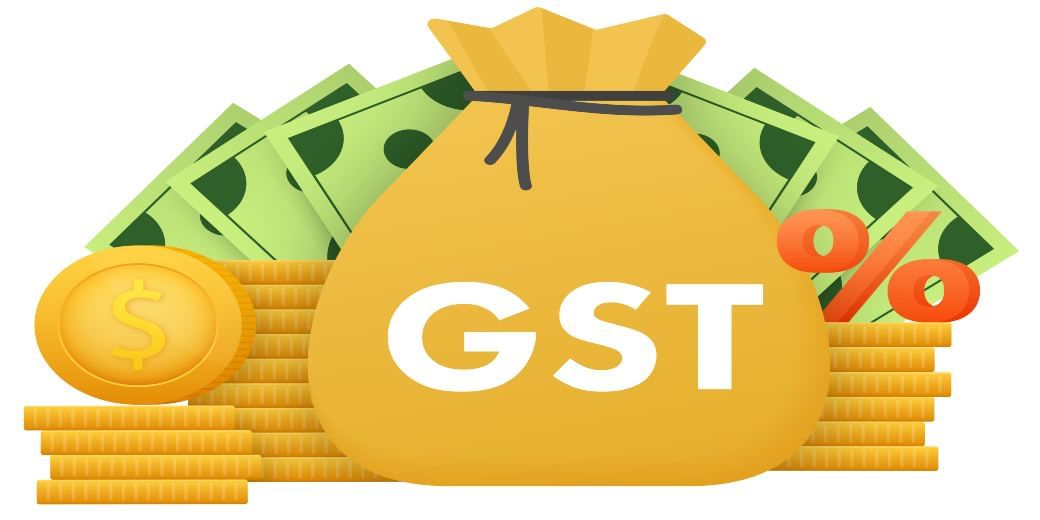AI is watching your IT, GST!
The government is focusing not only on large companies but also on individuals, ranging from jobholders to small business owners

The government is making every possible effort to prevent tax evasion in the country. The governmnet has employed new technologies such as data mining, data analytics, and artificial intelligence to serve the purpose. Income tax, GST, and various departments, including banks, are working together on this. The government is focusing not only on large companies but also on individuals, ranging from jobholders to small business owners. Some businesses may show high turnovers but have lower incomes, and the government is keen on monitoring such businesses.
The narrative to curb tax evasion began with the implementation of GST or (Goods and Services Tax) in the country. GST not only introduced a uniform tax system for goods and services nationwide but also allowed the central government to gather data on various other types of taxes.
In 2019, a significant development was made when the Central Board of Direct Taxes or (CBDT) issued an order. Following it, the Income Tax Department and GST officers could share crucial financial information such as ITR filing status, turnover, gross total income, turnover ratio, gross total income range, and turnover range of companies. This was implemented for taxpayers whose income was derived from any business.
After the establishment of a ‘link’ between the Income Tax Department and the GST network in June 2019, the process of sending notices commenced. According to various reports, this was likely the first instance where a matching exercise was conducted between income tax returns and GST returns, leading to notices being issued in case of discrepancies.
The reconciliation of ITR and GST returns revealed discrepancies, such as inflated GST claims and understated income in ITR filing. It also highlighted cases where businesses were not filing their income tax returns as per GST records.
Before the introduction of GST, it was not possible for the IT Department to reconcile such data. This was because sales returns were filed at the state level, while income returns came under the jurisdiction of the central government. Now, both departments fall under the central government, making it easier for officials to reconcile data. This step indicates the government’s use of data analytics to catch tax evasion and tax evaders in the country.
For businesses or traders whose annual turnover exceeds the specified limit, GST registration is mandatory. For those involved in the sale of goods, this limit is Rs 40 lakh. For service sector businesses, it is 20 lakh rupees. In some cases, this limit is sequentially set at 20 lakh and 10 lakh rupees. GST registration becomes necessary if the turnover exceeds the specified limits. GST registration provides businesses with a GST number. It includes the 10 digits of your PAN number. This enables the IT Department to get information about transactions reported on your PAN number.
The government has established an extensive system to collect taxpayer data to crack down on tax evasion. If you are a business owner and there is any mismatch in your GST or income tax returns, you may receive a notice. Concealing income can be considered tax evasion, and penalties, legal action, and fines may be imposed. It is advisable to accurately report your income in ITR and pay taxes accordingly to stay stress-free. If you have forgotten to declare any income in the ITR for FY23, you still have time to revise your return until December 31, 2023. You can file updated returns for up to two years for corrections in previous returns filed.